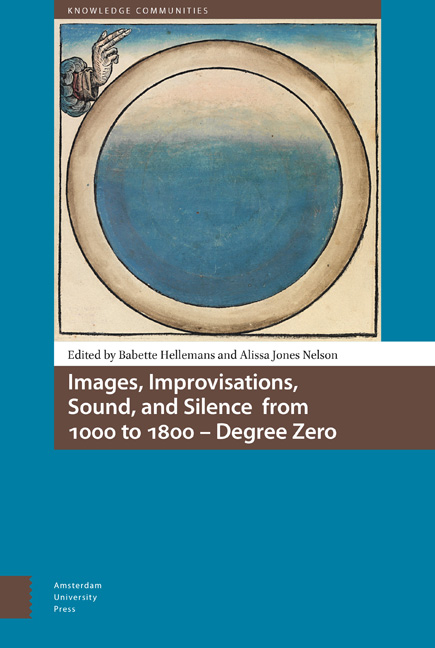3 - Lapsus figurae: Remarks on Iconographic Error
Published online by Cambridge University Press: 11 December 2020
Summary
Abstract
How can an image be considered false? In the medieval context, marked as it is by the absence of formal norms, this question may seem absurd. Yet since the nineteenth century, two opposing traditions have attempted to account for images whose presence is incongruous. On the one hand, there is a philological conception of art that traces the mistakes of the past in order to better denounce them and unconsciously aims to normalize the historical production of images. In this context, there can be no iconographic innovation. On the other hand, historians inspired by iconology refuse the possibility of error and consider all discrepancies as voluntary – as so many facts to be interpreted by the historian. In this chapter, I propose a third way, which seeks to determine the conditions under which a creative error may occur.
Keywords: iconography; new philology; normativity; psychoanalysis; manuscript; history of art
Anyone who has had much to do with images made in the Middle Ages will have come across images that are strange, some of them the result of error. Yet the analysis of these oddities has rarely been systematic. They still tend to be regarded as nothing more than curiosities – the sort of thing that appeals to the medievalist, perhaps, but would never be thought a proper field of study.
The concept of ‘error’ in the study of medieval iconography has been used chiefly in two ways. The first, which seems to have philological roots, tends to see the hand of the scribe and that of the illuminator as engaged in a single piece of work. The work they do is mechanical, the result of training in a craft, with all that this suggests of definite standards, norms, and models. Against this background, a mistake is naturally caused by distraction or by failure to understand an instruction. Aberrations like this are seldom scrutinized for themselves, but they are often brought into play in scholarship, because they can give crucial help in working out where a manuscript should be placed in a genealogy.
This usage of ‘error’, which had its heyday in the scholarship of the nineteenth century, has largely given way in recent years to a quite different approach, where the burden of error lies not with the medieval author of the image, but with the interpretive myopia of the historian.
- Type
- Chapter
- Information
- Publisher: Amsterdam University PressPrint publication year: 2018



